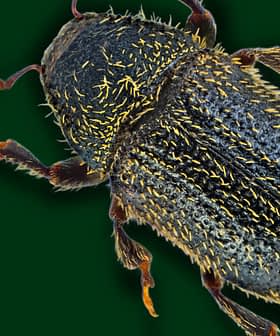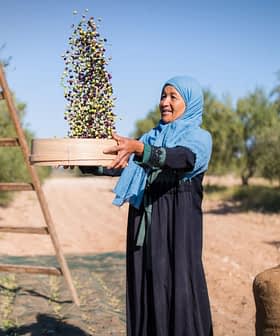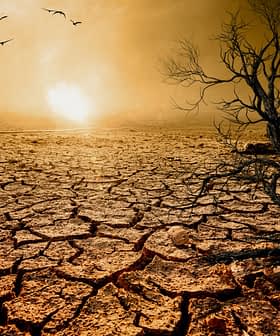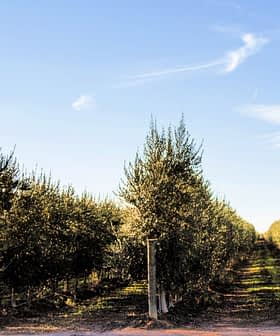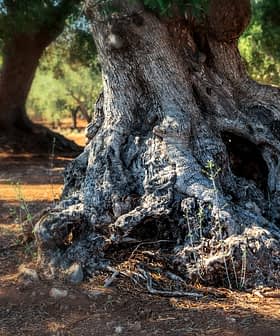Trees Less Effective at Sequestering Carbon in a Hotter, Drier World, Study Finds
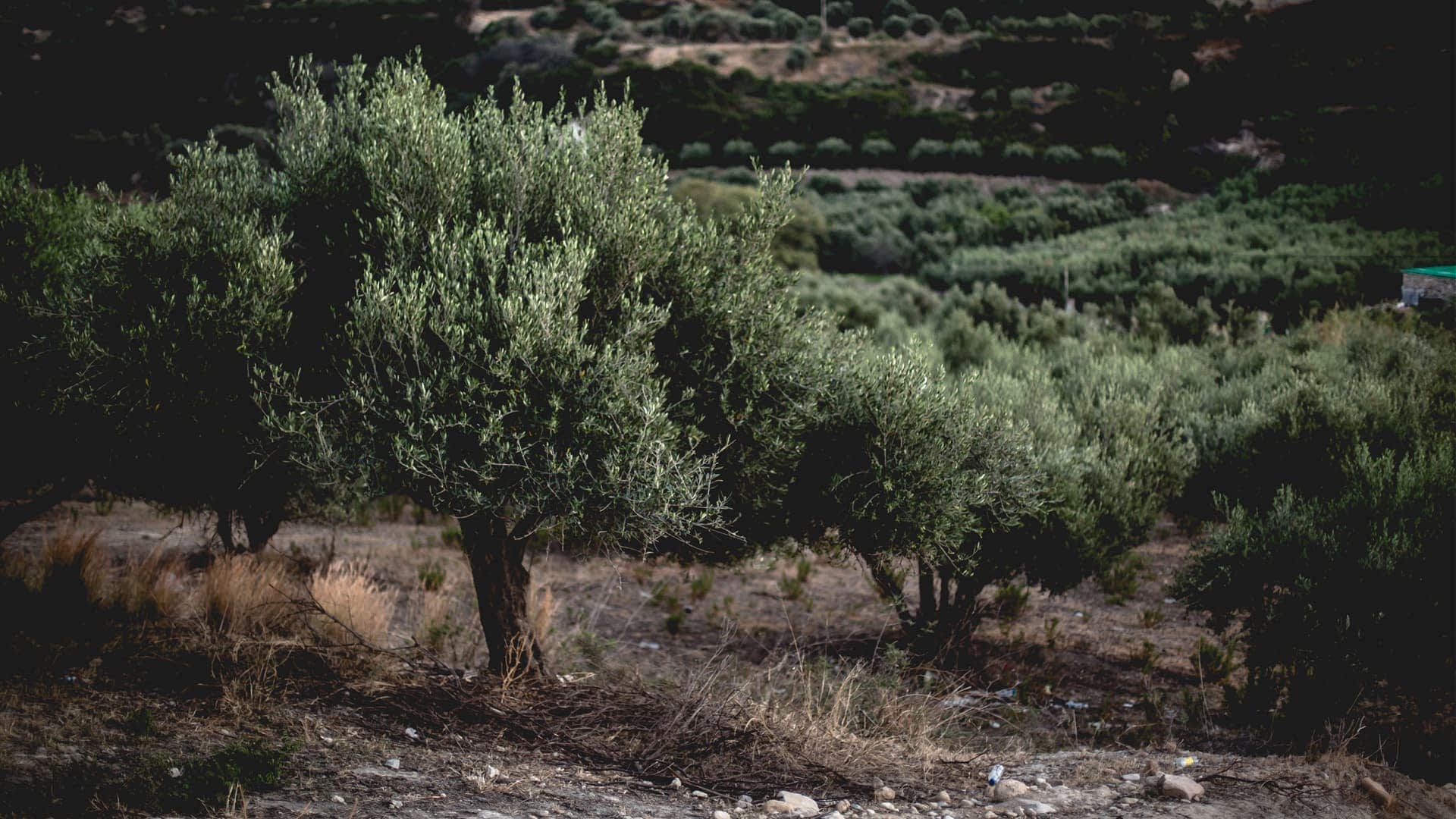
A study published in PNAS found that trees in warm regions are releasing more carbon dioxide into the atmosphere due to high temperatures and limited water supply, impacting their ability to act as carbon sinks. The research suggests that preserving existing forests may be more effective in reducing carbon emissions than planting new trees, challenging previous recommendations to plant a trillion trees to absorb human-induced carbon emissions.
According to a study published in the Proceedings of the National Academy of Sciences (PNAS), the high concentration of carbon dioxide in the Earth’s atmosphere is choking the planet’s trees in warm regions, causing them to reverse their normal functioning.
“We found that trees in warmer, drier climates are essentially coughing instead of breathing,” said Max Lloyd, an assistant professor of geosciences at Penn State University in the United States and the study’s lead author. “They are sending CO2 right back into the atmosphere far more than trees in cooler, wetter conditions.”
During photosynthesis, trees use sunlight, water and carbon dioxide from the atmosphere to build their energy fuels. However, when stressed under high temperatures or due to limited water supply, they release the carbon dioxide back into the atmosphere in a process called photorespiration.
See Also:Experts Back Olives in a Hotter, Drier WorldThe researchers analyzed a global dataset of tree tissue samples to assess the amount of carbon dioxide trees release when photorespiring.
They found that photorespiration can be accelerated by up to 100 percent in warmer climates, especially when water is scarce. In subtropical climates, including large swathes of the Mediterranean countries, trees enter photorespiration when average daily temperatures exceed approximately 20 °C.
The finding could mean trees in warmer climate zones can no longer operate as carbon sinks to offset humanity’s carbon emissions.
By storing and releasing carbon, trees play a crucial role in maintaining the ‘carbon cycle,’ the constant movement of carbon from the land and water through the atmosphere and living organisms, a process fundamental to all life forms on the planet.
Human activities, such as modifying land use and human-induced carbon emissions from burning coal and gas, can disrupt the Earth’s carbon cycle.
The United States Department of Energy has calculated that the world’s trees and other plants can absorb around 25 percent of the carbon dioxide emitted in the atmosphere from human activities. However, scientists expect trees’ ability to sequester CO2 to decrease as the planet continues to warm.
“When we think about climate futures, we predict that the CO2 will go up, which in theory is good for plants because those are the molecules they breathe in,” Lloyd said. “But we’ve shown there will be a tradeoff that some prevailing models don’t account for. The world will get warmer, which means plants will be less able to draw down that CO2.”
Meanwhile, the scientist who had urged the world to plant a trillion trees to trap human-induced carbon emissions has backtracked on his recommendation, arguing that mass plantations are not the solution they purported to be.
In a 2019 study, Thomas Crowther, a professor of ecology at ETH Zurich University in Switzerland, suggested that 1.2 trillion trees could be planted on Earth to absorb as much as two-thirds of human carbon emissions.
Although his study was criticized by other scientists who argued that it had overestimated the land available for forest restoration, it sparked a race among world leaders and organizations to plant trees, largely overlooking their commitment to cutting emissions.
At the COP28 climate summit in December, Crowther urged the world’s countries to stop ‘greenwashing’ – the practice of making misleading or false claims about the environmental benefits of a product or service which his own study had promoted.
“Killing greenwashing doesn’t mean stop investing in nature,” he said. “It means doing it right. It means distributing wealth to the indigenous populations, farmers and communities who are living with biodiversity.”
In a recent paper, Crowther wrote that preserving existing forests can have a more significant impact on reducing carbon emissions than planting new trees to be used as carbon sequesters.


